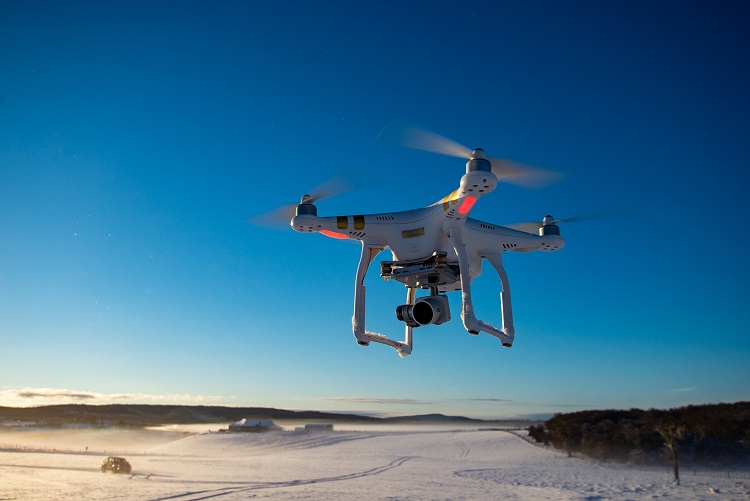This post is also available in:
 עברית (Hebrew)
עברית (Hebrew)
The number of unmanned drones is expected to double in the next 12 months from roughly 1.2 million aircraft to nearly 2.4 million aircraft, according to the US Federal Aviation Administration (FAA) Unmanned Aircraft Systems Report for 2019.
Most recreational drone users have no idea what airspace they’re allowed to fly in. Moreover, most of them don’t think about what would happen if their drone fell out of the sky and hit someone.
On May 17, the FAA issued new rules for hobbyist drone pilots in an effort to keep the national airspace safe and available for both manned and unmanned aircraft. Hobbyist or recreational drone pilots are no longer exempt under Section 336 and are now required to follow these new rules and regulations.
The FAA treats commercial and recreational flying differently, as explained by zdnet.com. Anyone who wants to fly a drone that’s under 55 pounds for commercial benefit must qualify for a Part 107 license and get an FAA Remote Pilot Certificate. Doing so requires passing a TSA security check and a comprehensive exam. The FAA has been far less demanding when it comes to recreational drone flying.
However, according to the new rules, recreational drone pilots are prohibited from flying in any sort of controlled airspace – where manned aircraft fly, regions surrounding airports, plus a variety of other restrictions designated such for safety or national security.
Moreover, the FAA will require all hobbyist drone pilots to take an electronic aeronautical knowledge and safety test.
Prior to the new law, if you wanted to fly in a controlled airspace, you had to notify the air traffic authority of where you intended to fly in order to confirm there would be no other craft in the sky at the time.
The FAA is setting up the Low Altitude Authorization and Notification Capability, or LAANC system. According to the FAA, it “provides access to controlled airspace near airports through near real-time processing of airspace authorizations below approved altitudes in controlled airspace.”
LAANCE will be available to Part 107 commercial drone operators, but the new law extends that to recreational flyers.
zdnet.com commentator doubts most drone recreational drone operators will pay attention to the test requirement, and adds that as the test is particularly difficult, it might just be a good idea to take the Part 107 test and become commercially licensed. As for the LAANCE system, when available, may actually make it easier to fly safer and in better coordination with manned aircraft.


























